I’ve loved Kingdom Come: Deliverance ever since I first played it at launch in 2018. It was a great, if somewhat clunky and flawed, RPG that put Warhorse Studios on the map for me with its fantastic writing and hardcore gameplay. You could tell it had heart and passion, even with a tiny budget and a small development team. I always believed a sequel would be fantastic, but Kingdom Come: Deliverance II didn’t just meet my expectations, it completely shattered them.
The best thing about the first game was its story. I was hooked on Henry’s journey from the very beginning, and the cliffhanger ending left me frustrated in the best way. If the original was a budget medieval TV drama you’d stumble upon on the History Channel, the sequel is a full-scale cinematic blockbuster you absolutely cannot miss. KCD2 picks up mere minutes after the first game ends and only grows in scope from there. It’s a Game of Thrones-level medieval drama packed with political intrigue, real historical context in the codex, and an expanded cast of returning and new characters that elevate the narrative to new heights. Henry’s unresolved conflicts from the first game things I’ve been waiting years to see are wrapped up brilliantly, often in ways that subverted my expectations. Without giving away spoilers, it’s everything I wanted in a continuation and conclusion to his story.

The dialogue feels incredibly natural. Characters speak and act like real people, complete with flaws, insecurities, and humor. They stumble over their words, grapple with personal problems, and banter in ways that feel genuine. I haven’t laughed this hard at a game in years, largely because the writing is so organic. It feels like it was written by people who love life and understand real human relationships. Not one character feels artificial or generic—a rarity in RPGs today. From Henry’s brotherhood with Hans to Godwin’s darkly hilarious relationship with alcohol, humor is drawn from realistic flaws, just as in real life. The story hit me with moments of pure joy and moments of deep sadness, moving me to tears more than once. That is how powerful the writing in KCD2 is.
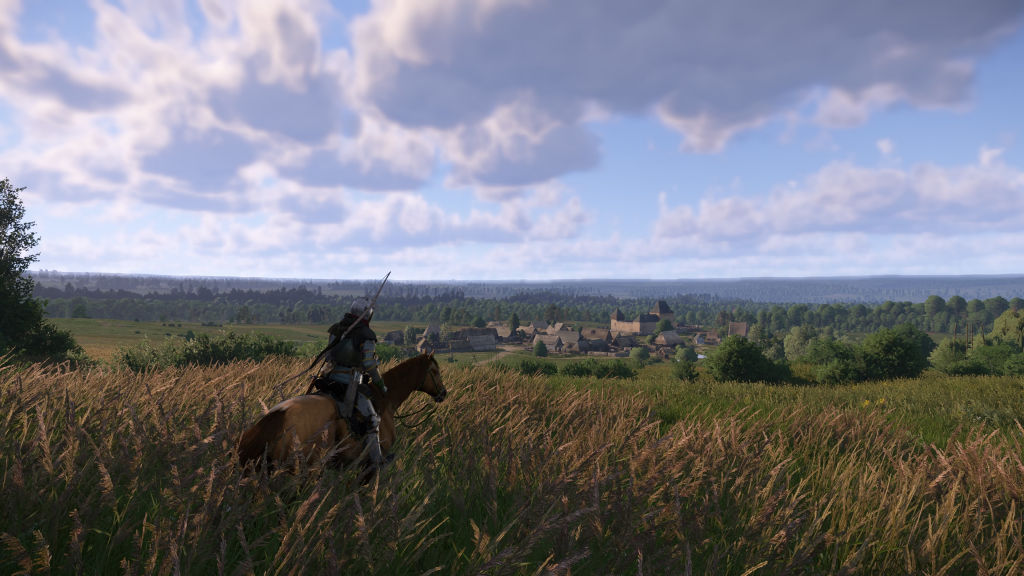
Gameplay
In terms of gameplay improvements, KCD2 is one of the most impressive sequels I’ve ever played. All the core systems from the first game return, but everything feels refined. You still start out weak, but the learning curve is gentler. Within about five hours you’re capable enough to explore and fight with confidence—though those early hours are punishing, so play smart. Combat has been transformed from a janky mess into a tense, strategic dance. Fighting multiple opponents now feels fair and skill-based. Movement, positioning, and timing masterstrikes and combos can let you overcome large groups without resorting to cheap tricks. Stealth missions are more frequent and better designed. Wearing dark, light clothing is still important, but now you can distract enemies with rocks and actually blend into shadows at night. In some moments, it felt like playing a medieval Splinter Cell. The only thing missing is a way to extinguish torches from a distance.

KCD2 remains a deeply immersive, simulation-heavy RPG. You monitor hunger, fatigue, cleanliness, armor weight, noise level, and visibility. You can rob anyone, break into any building, and fence your loot. The save system is more forgiving than before. Checkpoints are frequent, Saviour Schnapps are cheap, and the system strikes a good balance between preventing save-scumming and avoiding the frustration of lost progress. In many ways, KCD2 feels like the kind of reactive, first-person RPG I’ve always hoped Bethesda would deliver with The Elder Scrolls VI—only this is deeper, richer, and more satisfying. The soundtrack is phenomenal. It takes every dramatic moment and amplifies it with bombastic, cinematic compositions worthy of an IMAX theater. The music gave me goosebumps countless times, far exceeding the more restrained score of the first game.
Side Content and Exploration
Side quests are abundant and impressively varied. Almost all of them feature unique elements, avoiding the repetitive fetch quests that plagued the original. The Trosky region is a cozy, medium-sized map reminiscent of the first game’s forests and hills, while Kuttenberg is massive—possibly larger than both Trosky and the original game combined. It’s filled with secrets, loot, and memorable locations. I doubt I discovered even half of it in my 90 hours of play.
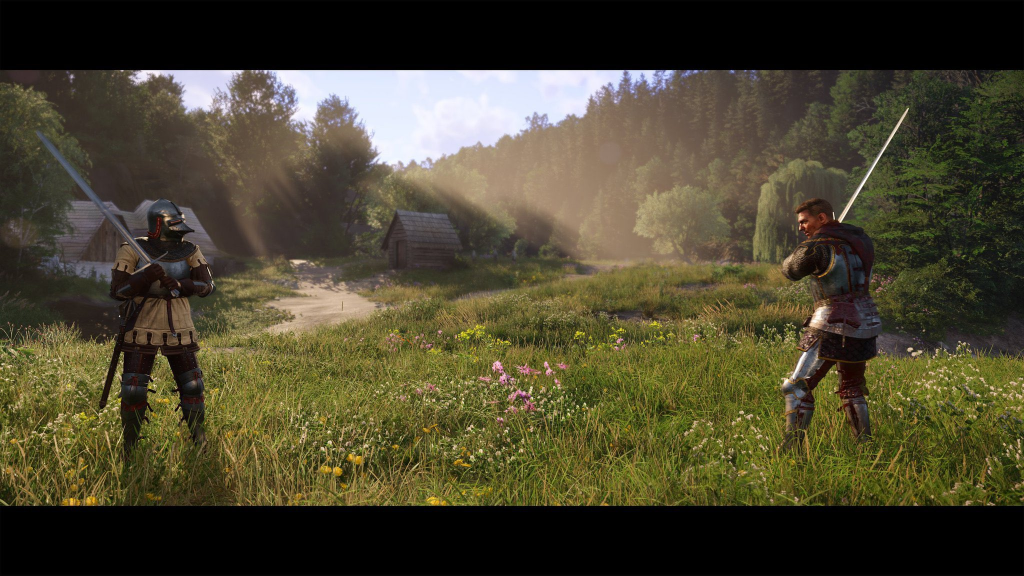
Graphics
KCD2 is visually stunning and runs beautifully on a wide range of hardware. On PS5’s Performance Mode and mid-range PCs like a 3060 Ti or 4060, it’s consistently smooth. The draw distance is among the best I’ve ever seen, with breathtaking vistas that make the world feel truly vast. Kuttenberg stands out as one of the most detailed and vibrant medieval cities in gaming, rivaling even Novigrad from The Witcher 3. Cutscenes are another high point. The sheer number of fully motion-captured scenes is astounding, especially for a game in this genre. They elevate both main and side quests far beyond the static, back-and-forth dialogue common in many RPGs. The game is remarkably polished for such a complex RPG. Across 90+ hours, I experienced only two crashes. On PS5, I did notice some lighting flickers and occasional audio popping, but these were minor annoyances rather than game-breaking problems.
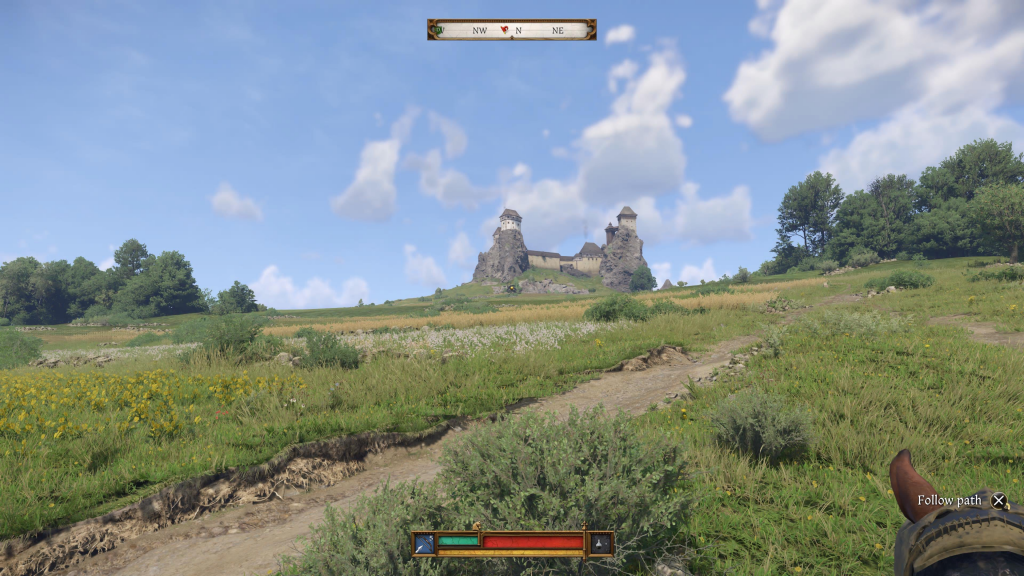
Final Verdict
Kingdom Come: Deliverance II is an instant classic and one of the best RPGs I’ve ever played. Warhorse Studios now stands proudly alongside Larian, FromSoftware, and CD Projekt Red in my list of favorite developers. If you haven’t played the first game, I highly recommend doing so—or at least watching a full recap—before jumping into this masterpiece. This is not just a worthy sequel; it’s a generational achievement in RPG design.


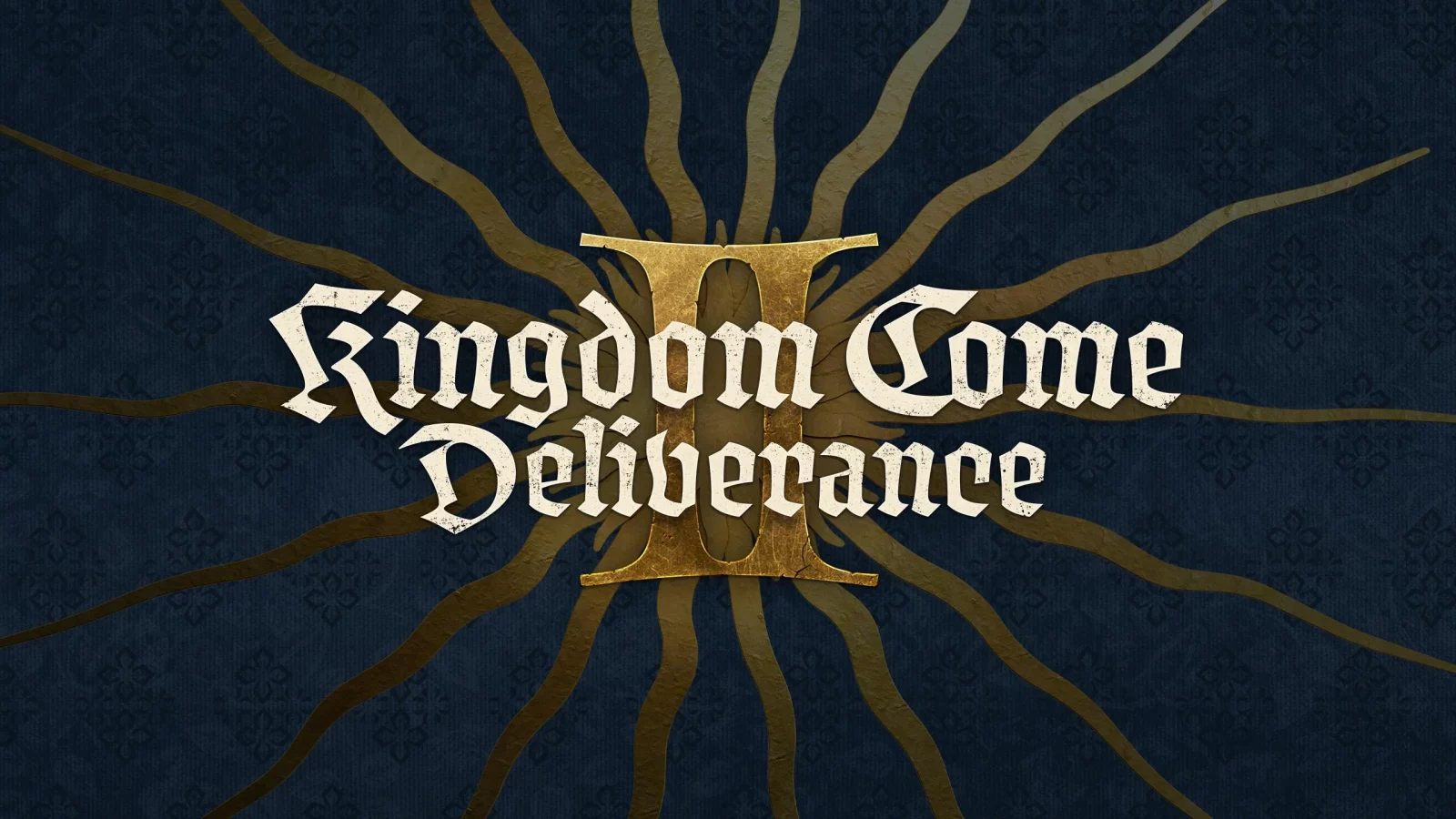

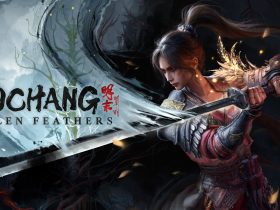

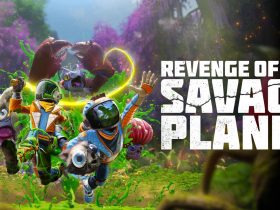
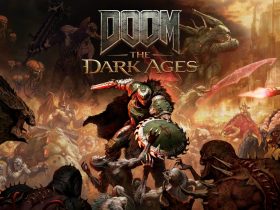
Leave a Review